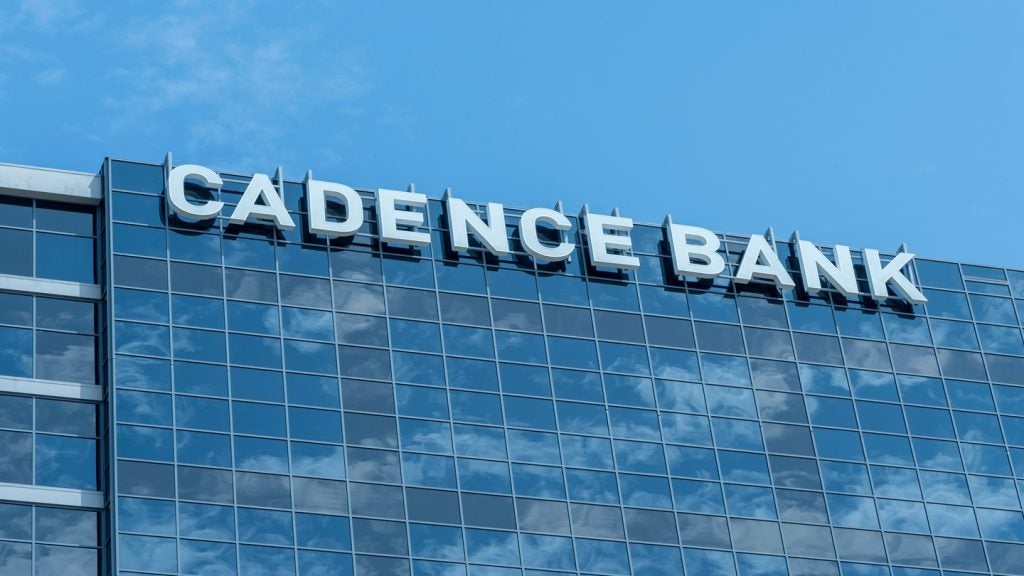rising non-performing domestic loans and impairments are hitting
the island’s banks hard, despite all of them diversifying across
the Asia-Pacific region. The big fear is that the global nature of
the downturn means lessons learned from the 1998 Asian crisis will
be of no value.
Banks in Singapore have suffered
significantly from the island’s economic recession – and the
consensus among industry observers is that things will get worse
before the economy bottoms out.
The 1997-1998 Asian crisis had the positive
effect of putting most banks in Southeast Asia through a
stress-test. Local banks now have better credit risk management and
banks’ leverage is lower this time round: in December 1997 the
loan-to-deposit ratio of Singapore banks was 117 percent; in
January 2009 it was 77 percent. Tier 1 capital ratios are well
above regulatory requirements.
But official forecasts estimate a contraction
in Singapore’s GDP of up to 5 percent in 2009 – though some
economists have suggested an expected decrease of up to 8 percent.
Manufacturing in the electronics and chemical industries has
buckled under the pressure and factory closures contributed to a
rising unemployment rate of 3.7 percent in December 2008 from 3.3
percent in September. Half of the 7,500 job cuts in the fourth
quarter of 2008 were professionals, managers, executives and
technicians – a segment that sits firmly in a retail bank’s loans
portfolio.
DBS, Singapore’s largest bank by market
capitalisation, looks the most vulnerable as its profits largely
come from Singapore and Hong Kong – the two most export-exposed
economies in the region. Some 66 percent of DBS’ pre-tax profits
came from Singapore and 17 percent from Hong Kong in 2008.

US Tariffs are shifting - will you react or anticipate?
Don’t let policy changes catch you off guard. Stay proactive with real-time data and expert analysis.
By GlobalDataThe two other local banks have also spread out
further into the region. While 67 percent of OCBC’s profits were
sourced from Singapore and 25 percent from Malaysia, it has planted
roots in growth markets such as Indonesia, Vietnam and China. UOB,
which made 70 percent of its profits from Singapore and 11 percent
from Malaysia, has moved into Thailand and Indonesia.
David Lum, an analyst at Daiwa Institute of
Research, is negative regarding the banking sector and believes
that the earnings recovery will begin in 2012 – not 2011 as
previously estimated.
“We have revised down our FY11 forecasts for
the banks by 30 percent to 33 percent due to another year of high
impairment charges,” he said. “We do not now expect NPL
stabilisation and a decisive earnings recovery until FY12. Compared
with the Asian financial crisis, the direct impact [on NPL
deterioration] from this crisis would be less severe, but much more
prolonged, in our view.”
Non-performing loans remain the
problem
NPLs are the major concern. Lum says
he is expecting “a relentless, but not precipitous rise in NPLs, by
roughly 100 basis points each year for FY09 and FY10. In addition,
we have assumed that NPL rates will rise by up to a further 100
basis points for FY11.”
Kenneth Ng, an analyst at CIMB, is also
worried about deteriorating asset quality in Singapore and believes
that personal loans will form the next wave of non-performing
loans.
Placing an ‘underweight’ rating on the sector,
he said: “Our key concern is loan provisioning. The signs were
already clear in Q408. NPL ratios for both DBS and OCBC rose to 1.5
percent while UOB took pre-emptive steps by classifying some of its
accounts as NPLs, inflating its NPL ratio to 2 percent.
“We believe that corporate bankruptcies will
eventually spill over into the broader economy while rising
unemployment will lead to bad debts for consumer loans. Already,
late payments on credit cards are emerging. On the ground, we hear
of residential tenants defaulting on rentals. The stress on
property-related lending will come later.”
OCBC’s allowances up 800%
UOB said loan impairments on
individual loans in Singapore rose 174 percent in 2008 to S$42
million. Impairments were up 68 percent in Malaysia to S$78 million
but were down 47 percent in Thailand to S$46 million. Overall,
group impairments, which include losses on securities and other
assets, increased 169 percent to S$807 million. OCBC’s allowances
shot up 800 percent, from S$36 million in 2007 to S$447
million.
The big fear is that the global scale of the
current crisis makes the impact far more serious than the regional
1997-1998 crisis. Weakened economies in traditional growth markets
such as China, as well as hi-tech developed markets such as western
Europe and the US, could compound the effect on Singapore’s
economy.
Beleaguered Royal Bank of Scotland is already
pulling out of retail banking in Singapore. The bank’s chairman,
Philip Hampton, was in town recently and said that while the bank
would keep its investment banking, private banking and wholesale
business, it is looking to sell its retail and commercial banking
units.
At the moment, the consensus is that it will
be at least another 12 months, if not longer, before the market
begins turning positive for banking in Singapore.
| Country survey | ||||
| Singapore – banks ranked by group profit % change |
||||
| Group pre tax profit | Retail banking pre-tax profit(1) |
|||
| FY08 (S$m) | % change | FY08 (S$m) | % change | |
| StanChart (Singapore) | 1,139 | 66.8 | n/d | n/d |
| UOB (Singapore only) | 1,907 | -2.9 | n/d | n/d |
| UOB (Group) | 2,485 | -9.6 | 870 | 6.6 |
| DBS (Group) | 2,712 | -15.9 | 557 | -56.9 |
| DBS (Singapore only) | 1,803 | -16.3 | n/d | n/d |
| OCBC (Singapore only) | 1,244 | -22.1 | n/d | n/d |
| OCBC (Group) | 1,899 | -22.4 | 678 | 16.7 |
| Country survey | |||||
| Singapore – banks ranked by group profit % change |
|||||
| FY08 (S$bn) | % change | FY08 (S$bn) | % change | FY08 (S$bn) | |
| StanChart (Singapore) | 87 | 45 | 30.6 | 17.7 | 49 |
| UOB (Singapore only) | 120 | 8.1 | n/d | n/d | n/d |
| UOB (Group) | 183 | 1.1 | 99 | -1 | 118 |
| DBS (Group) | 256 | 10.3 | 36 | 12.5 | 95 |
| DBS (Singapore only) | 170 | 14.1 | n/d | n/d | n/d |
| OCBC (Singapore only) | 118 | 0 | n/d | n/d | n/d |
| OCBC (Group) | 181 | 4 | 41 | 5.1 | 94 |
| n/d=not disclosed. (1) retail banking refers to units either wholly or primarily focused on consumer banking Source: RBI |
|||||







